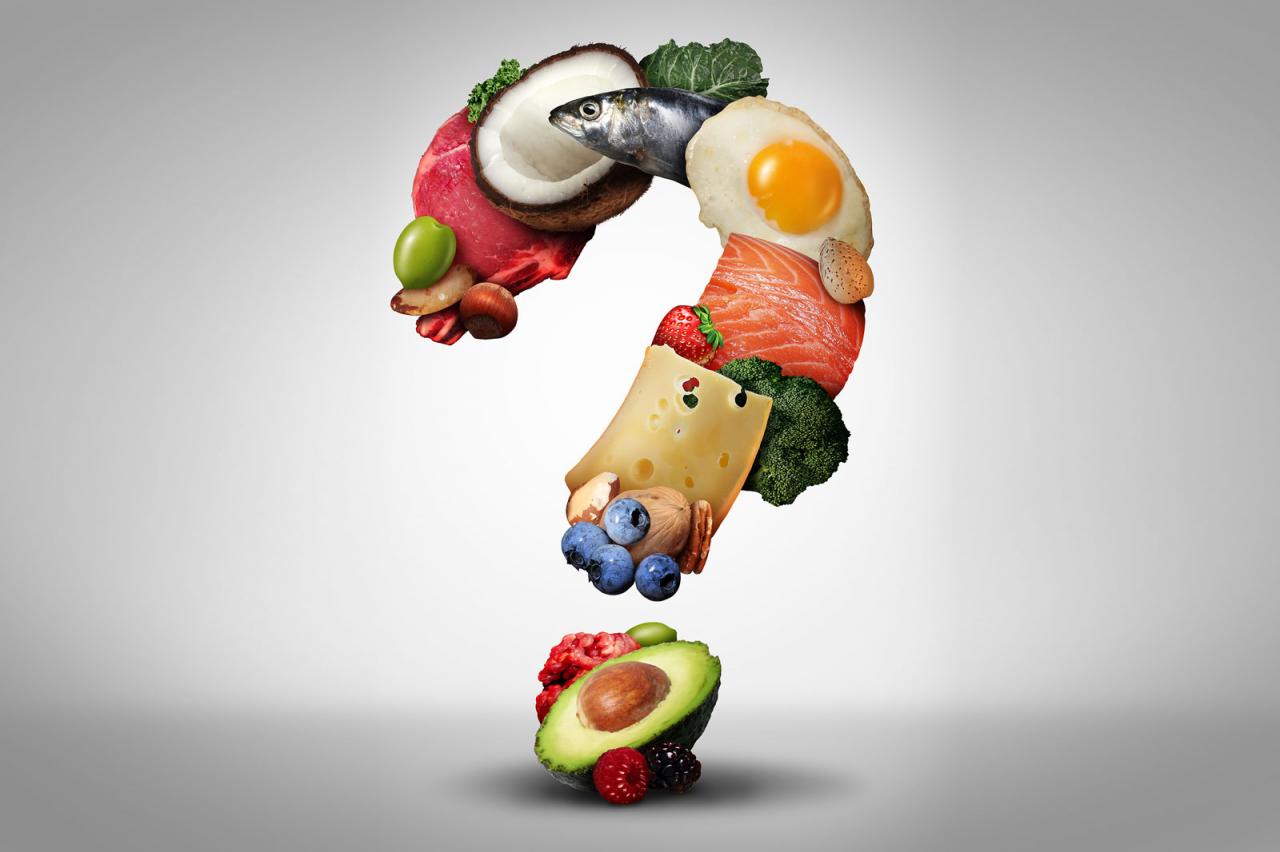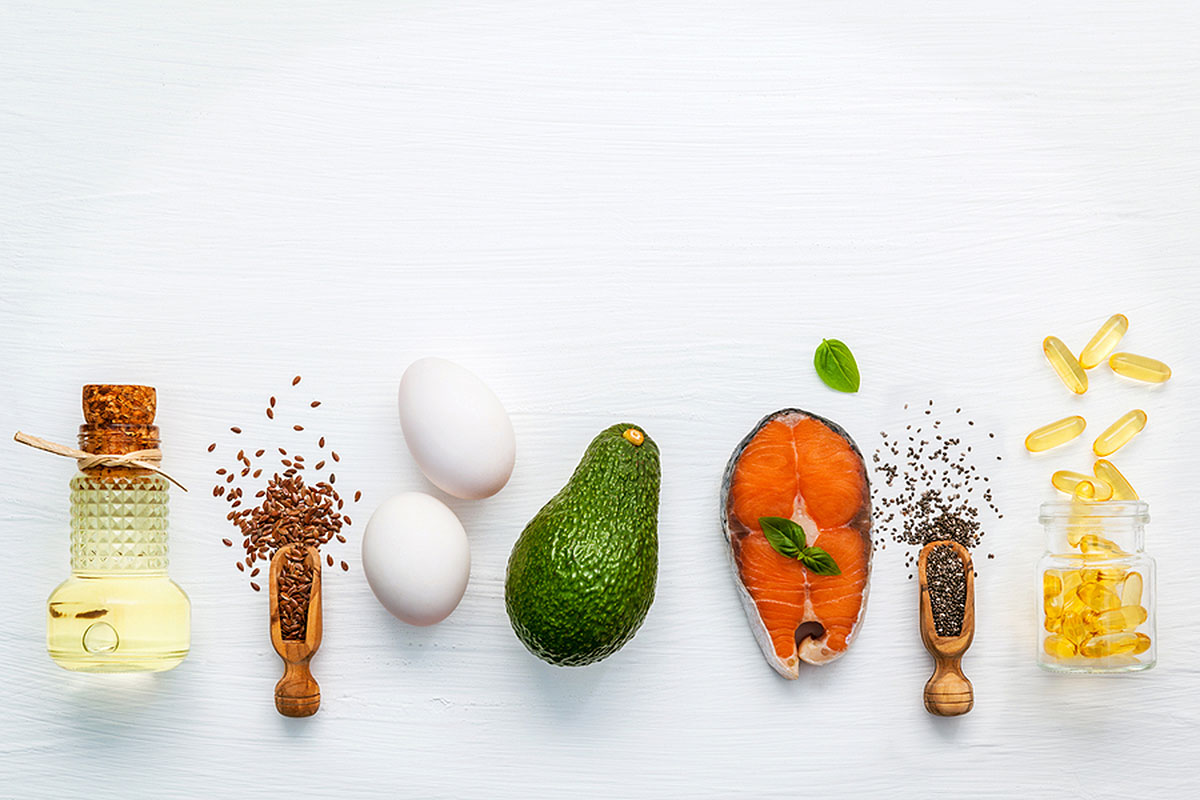
Calculation of the norm of fat is the most difficult question in proper nutrition. More specifically, the number of recommendations itself varies significantly less than in the case of proteins and carbohydrates – however, there are many more misconceptions associated with fats than with other nutrients.
For example, when losing weight, you do not need to limit fats as much as possible. On the contrary, high-fat diets usually perform better. As for the set of muscle mass, in this case, it is not just the amount of fat that is important, but the composition of the fatty acids they contain.
Fats in proper nutrition
The traditional division of fats into animal and vegetable fats can be misleading. In fact, any fat is a mixture of 5-7 essential fatty acids. The fatty acids themselves are classified by the presence or absence of free bonds in their hydrogen atoms (“saturation”)
This is where the division into saturated and unsaturated fats comes from. However, only a rare food product contains only one type of fatty acids – most often all types are present in a particular food, but in different proportions. It is not always easy to isolate the prevailing type.
For example, animal sources of fat tend to have more saturated fatty acids – but unsaturated (“vegetable”) fatty acids are also present when they enter the animal’s body through the diet. Plus, there are plant-based versions of saturated fat like coconut oil.
Fatty acid chain length
Like carbohydrates, fats can be “simple” and “complex”. Fatty acids with up to 15 carbon atoms are absorbed directly from the intestines and are used for metabolic needs – such fatty acids are found in coconut oil (about 80%) and in cow’s milk (25% of all fats in the composition).
In turn, “complex” polyatomic fats, like fiber, cannot be digested by the human stomach and cannot be absorbed – we are talking about wax and paraffin containing chains of hundreds of carbon atoms.
The most common type of dietary fatty acids are those containing 18 carbon atoms – in any type of animal or vegetable fat, they are significantly prevalent in quantity.
Omega-3, 6 and 9

If there is a double bond in the chain of fatty acid atoms, then it is called omega-3, 6 or 9 – depending on the ordinal arrangement of the bond. The chemical formula of “good” omega-3 fats is no different from the formula of “bad” omega-6 – the only difference is in the location of the double bond.
But, again, omega-3 is not a special type of fat that can be set in strict guidelines. There are about 5 different subspecies of omega-3, differing in their ability to affect the body – for example, they secrete vegetable (flaxseed, chia seeds ) and animals omega-3 (salmon).
Transgender
Further, it is more difficult. There are types of fats that can negatively affect metabolism – even in extremely small quantities. For example, the maximum daily intake of trans fats is only 3-4 grams (less than a teaspoon). Exceeding the norm threatens obesity and the development of cardiovascular diseases2.
The main source of trans fats is ready-to-eat foods – trans fats appear in vegetable oils during repeated heat treatment. In particular, they are found in margarine and any food that contains margarine as an ingredient.
Refined and unrefined oil
Another misconception is based on the division of vegetable fats into refined and unrefined. In fact, we are talking about additional processes of filtration, bleaching and deodorization of the oil.
Although this changes the physical characteristics (eliminates odor, changes color, increases resistance to temperature), the composition of the fatty acids in the oil does not change.

